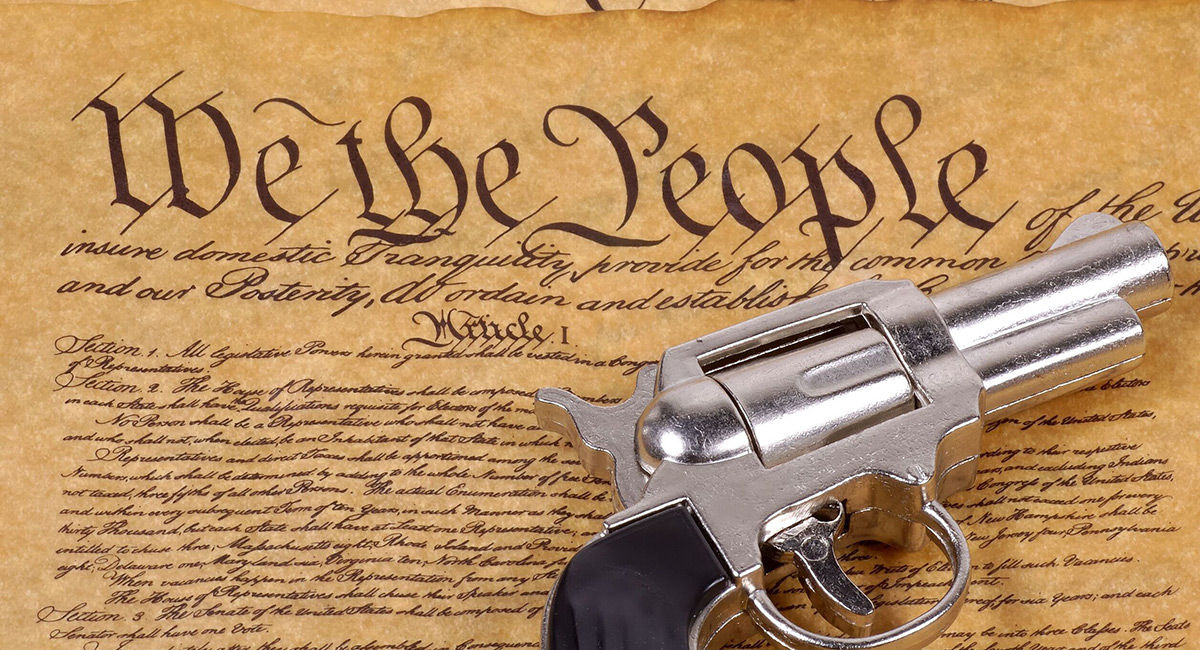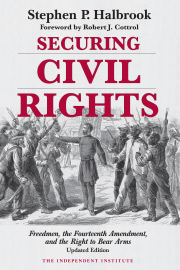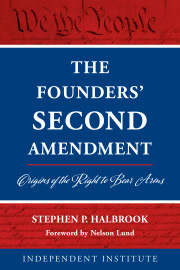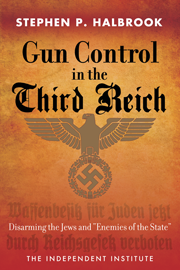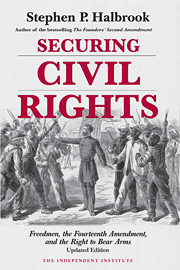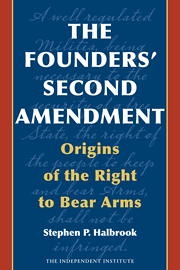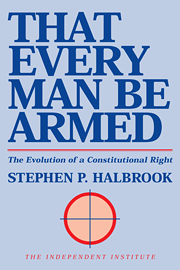If you want to carry a firearm in New York state, you need to convince a local official that you have “proper cause.” That’s easy in some counties but almost impossible in others, including New York City. On Wednesday the Supreme Court will hear arguments in New York State Rifle & Pistol Association v. Bruen about whether this policy is unconstitutional.
New York is one of only six states (the others are California, Hawaii, Maryland, Massachusetts and New Jersey) that condition the right to bear arms on an official’s discretion, which is not required to exercise any other constitutional right. Forty-four states provide for permits to carry guns without a subjective assessment of whether a person “needs” to do so, and 21 of those states don’t require a permit to carry in state, though many people get them anyway so they can carry in other states with which theirs has reciprocity.
The Second Amendment provides that “the right of the people to keep and bear arms, shall not be infringed.” In its brief to the Supreme Court in Bruen, New York justifies its denial of carry licenses on the basis that the applicants failed to show “a non-speculative need for armed self-defense in all public places.” That suggests that most of “the people” don’t have a “right” to bear arms after all. It’s a privilege to be doled out under government discretion.
In District of Columbia v. Heller (2008), the court said to “bear arms” means to “wear, bear, or carry” them “upon the person or in the clothing or in a pocket, for the purpose . . . of being armed and ready for offensive or defensive action,” and that “self-defense . . . was the central component of the right itself.”
In Heller, which concerned the right to keep arms in the home, the court observed that “laws forbidding the carrying of firearms in sensitive places such as schools and government buildings” are presumptively valid. That implies that restrictions applicable in “all public places” aren’t presumptively valid.
New York next appeals to history and tradition, digging up the 1328 Statute of Northampton. But English courts interpreted that statute to prohibit persons from going armed “in affray of the peace,” not if they were acting peaceably. America’s Founders would have scorned the idea that they needed “the king’s license” to carry guns—a requirement that New York cites as if it’s a part of the American heritage.
Carrying arms in a threatening way was another matter. In 1786, Virginia passed an act on affrays, drafted by Thomas Jefferson, forbidding persons to “go nor ride armed . . . in terror of the country.” Like countless Americans, Jefferson owned and carried pistols. He copied into his Legal Commonplace Book the 18th-century Italian penal reformer Cesare Beccaria’s aphorism that “laws that forbid the carrying of arms . . . make things worse for the assaulted and better for the assailants.”
Other than prohibitions in the South on concealed carry or on mere possession by black people, there were no pre-Civil War restrictions on the peaceable carrying of arms. Some states followed the lead of an 1836 Massachusetts law providing that “on complaint of any person having reasonable cause to fear an injury, or breach of the peace,” a person who went armed “without reasonable cause to fear an assault or other injury” would, if he broke the peace, have to pay a sum, guaranteed by another person, to the court.
Under that Massachusetts law, New York’s brief claims, people could carry “only if they could demonstrate good cause,” which is “a direct precursor of the licensing criterion at issue here.” But first a complainant would have to prove in court “reasonable cause to fear an injury, or breach of the peace.”
When slavery was abolished in 1865, Mississippi enacted a law that said no black person “not licensed so to do by the board of police of his or her county, shall keep or carry fire-arms.” As the justices noted in McDonald v. Chicago (2010), this “may issue” law was exactly the kind of law that the 14th Amendment—and the Second—was adopted to prohibit.

